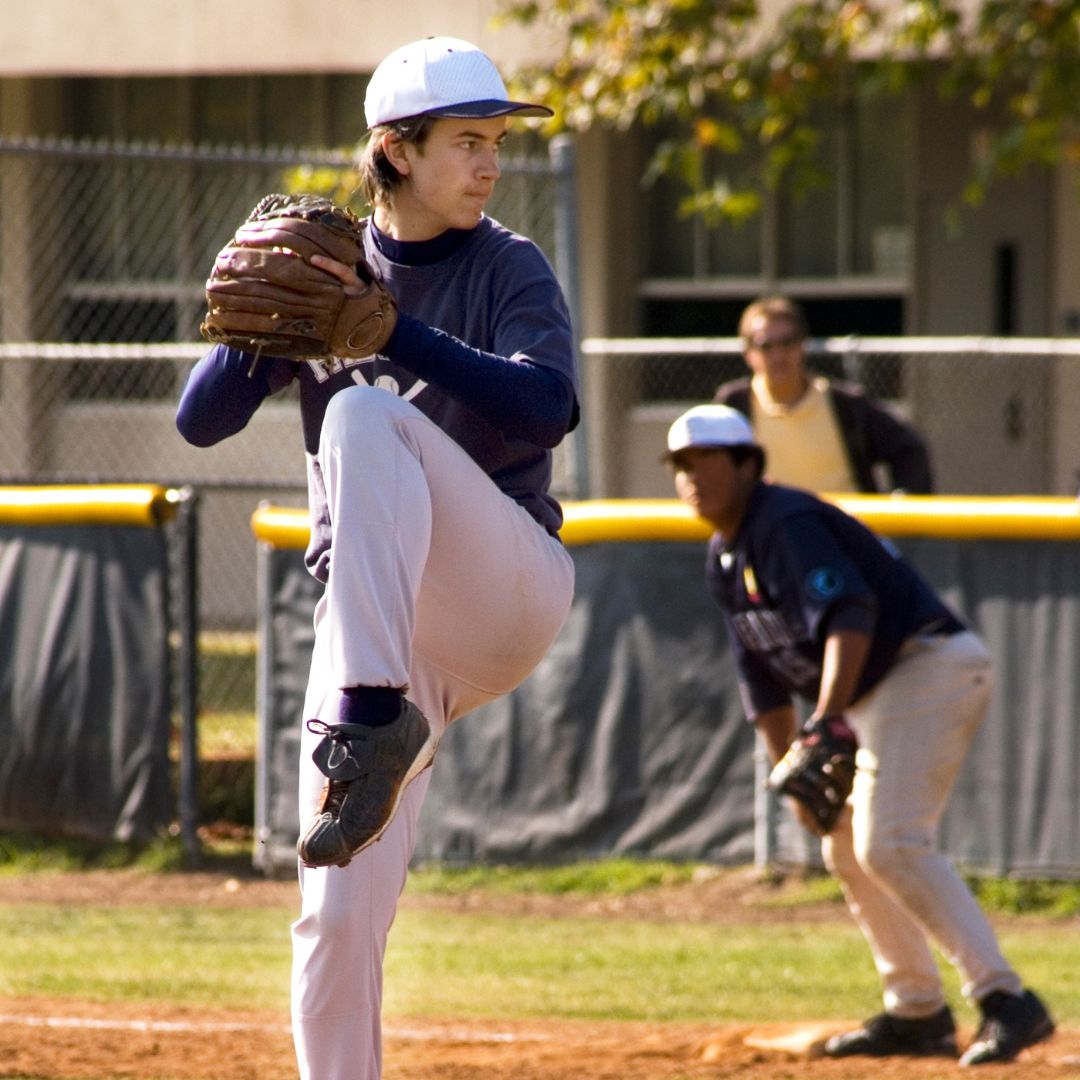Migraines are one of the most prevalent illnesses that affect millions worldwide. Specifically, it affects roughly 12% of the population according to the Migraine Research Foundation. It is an illness that affects both men and women, but the prevalence is much higher in women. The reason for the predilection towards women is often due to the fluctuations in their estrogen levels. Information and research on migraines are still relatively limited compared to other common illness, so it is commonly a difficult condition to treat. The providers here at Block Sports Chiropractic & Physical Therapy have experience treating migraine patients and can give the best advice on possible treatments and therapies.

What exactly is a migraine?
There are many different subtypes of migraines, but the “classic” migraine is described as a headache with an aura. An aura is a neurological disturbance that usually presents itself as visual, sensory or motor symptoms. Research shows that about 30% of patients experience some type of aura. The migraine with an aura and a migraine without an aura are the two most common types of migraines present in our population. Here are the other types:
- Migraine aura without headache: self-explanatory, but sometimes the aura occurs without an accompanying headache. This is most common in patients over 50 with a history of migraines
- Ophthalmoplegic migraine: This is a rarer form of a migraine that usually affects younger people under the age of 40. This type of migraine is associated with weakness in one or more of the muscles that control eye movement
- Hemiplegic migraine: This type of migraine can cause weakness on one side of the body, which can be frightening for patients because the symptoms are similar to a stroke. The symptoms should resolve once the migraine subsides, but it is best to consult a medical professional to make sure the symptoms aren’t being caused by something else.
- Vestibular migraine: These are migraines that are accompanied by dizziness, vertigo, and balance problems. They are more present in people who have a history of migraines in childhood.
What causes a migraine?
There are a few theories on the physiology of a migraine, but most researchers believe that a migraine is caused by intense waves of brain cell activity that crosses the cortex, which is then followed by periods of inactivity. This specific phenomenon is called cortical spreading depression. Researchers believe that the evidence shows that cortical spreading causes an inflammatory response and other processes that stimulate the pain receptors on the trigeminal nerve. The trigeminal fibers innervating cerebral vessels arise from neurons in the trigeminal ganglion. Inside the ganglion, substance P and calcitonin gene-related peptide can be released if the ganglion is stimulated, which can be painful.
However, there is also some doubt on whether cortical spreading depression is the main reason for migraines. There have been experimental drugs specifically targeting to inhibit cortical spreading that helped to prevent an aura, but not the headache symptoms themselves. So, some researchers are generally theorizing that certain areas of the brainstem are not working properly or are easily excited, which can initiate the cascade of neurological events (including cortical spreading depression) that account for migraine’s multiple symptoms.
Phases of a migraine
A migraine attack can be divided into phases based on its temporal relationship to the headache: the prodrome (precedes headache), the aura (immediately precedes or accompanies headache), the headache, and the postdrome (after the resolution of headache).
- Prodrome: This is also known as the premonitory phase and this phase can last several hours or may even occur over several days. During this phase is when treatment is usually the most effective. Taking medication, avoiding trigger factors and meditation (or other biobehavioral techniques) can prevent a headache in some cases.
- Aura: Already mentioned above, but these symptoms can last from 5-60 minutes
- Headache: This phase is characterized by pain on one or both sides of the head. The headache phase can last anywhere from several hours to a few days. Besides pain, other symptoms like dizziness, nausea, and anxiety are also common.
- Postdrome: Like prodrome and aura, not every person will suffer from postdrome, but it occurs in about 80% of people. Symptoms of postdrome include fatigue, body aches, trouble concentrating and sensitivity to light.

Possible Treatment Options
There is accumulating evidence that the calcitonin gene-related peptide (CGRP) plays a role as a mediator of migraines. Some researchers have stated that the CGRP is an important therapeutic target and if targeted correctly, can help with migraine symptoms.
Diet and lifestyle factors also play a role in migraine symptoms. Getting consistent sleep and exercise has shown to be beneficial. However, there is still no high-level studies that show a clear connection that these lifestyle alterations can stop a migraine. The overall pharmacological approach to migraine therapy has not really changed much since 2012. Triptans, NSAIDs, and antiemetics continue to be used most frequently for migraines. For preventative therapies, beta-blockers, antidepressants, and anticonvulsants are the main players.
Neck pain is also a very common symptom of migraine and may be an important contributor. This is where the providers at Block Sports Chiropractic & Physical Therapy can help migraine patients the most. The physical therapists and chiropractors can perform manual therapy and give information on the best kinds of therapeutic exercises to improve neck strength and mobility, which can help with migraine type symptoms.



